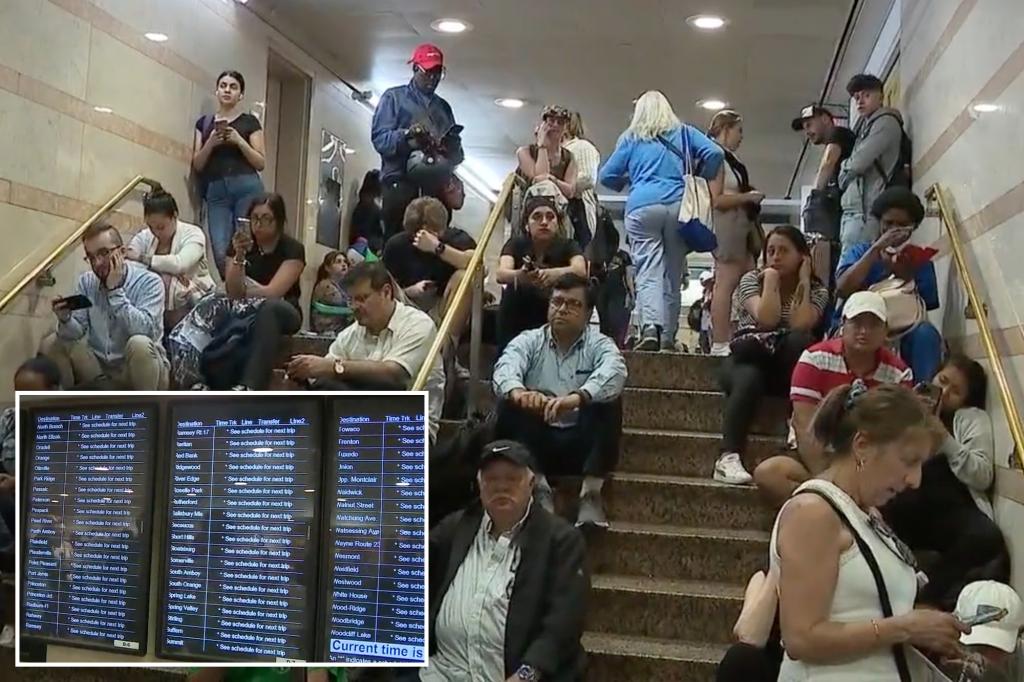NJ Transit and Amtrak experienced major disruptions in service on a Thursday morning due to fallen electrical wires on the rail tracks, causing delays and cancellations for rush hour commuters. The incident began the previous evening when power lines fell in Kearny, NJ, resulting in a complete shutdown of Northeast Corridor service. Workers were dispatched to clear the tracks, and power was partially restored by 9:30 p.m., but minimal travel was still in place, impacting stops along the Northeast Corridor, including Philadelphia, PA.
Amtrak warned customers to expect extensive delays and cancellations as crews worked to resolve the issue of the downed power lines between Philadelphia and New York. Multiple trains scheduled to depart from or travel to New York, including those heading to Philadelphia, Metropark, and Trenton, were canceled. Frustrated commuters in New York and Newark Penn Station were left waiting for updates, with limited communication and no service. One traveler blamed New Jersey Gov. Phil Murphy for the delays, pointing to the recent fare hikes without improvements to rail lines.
NJ Transit resumed limited service on the Northeast Corridor and North Jersey Coastline departing from Penn Station, but the Raritan Valley line remained suspended and the Midtown Direct was diverted to Hoboken. NJ Transit rail tickets and passes were cross-honored with buses and PATH at various stations, assisting commuters with alternative transportation options. The delays came just before Memorial Day weekend, as travelers prepared for early travel plans, and as President Donald Trump was set to hold a rally in Crotona Park on the same day.
Overall, the incident caused significant disruption for commuters in the New York and New Jersey area, highlighting the importance of consistent communication and maintenance of rail infrastructure. While crews worked to resolve the issue of the fallen power lines, passengers were left frustrated and stranded in stations waiting for updates. The delays impacted multiple train lines, with extensive residual delays continuing even after some service had been restored. The situation also brought attention to the need for improvements in rail services to prevent future incidents like this one.
The collaboration between NJ Transit and Amtrak to address the issue and provide alternative transportation options helped alleviate the impact on commuters, although some lines remained suspended or diverted. The delays came at a busy time for travel in the region, adding to the frustration of those affected by the service disruption. The incident also raised questions about the overall preparedness and communication between government officials and transportation agencies, with passengers expressing their concerns about the lack of information and clarity during the disruption. Efforts to improve rail services and prevent similar incidents in the future will be important for maintaining a reliable and efficient transportation system in the New York metropolitan area.













